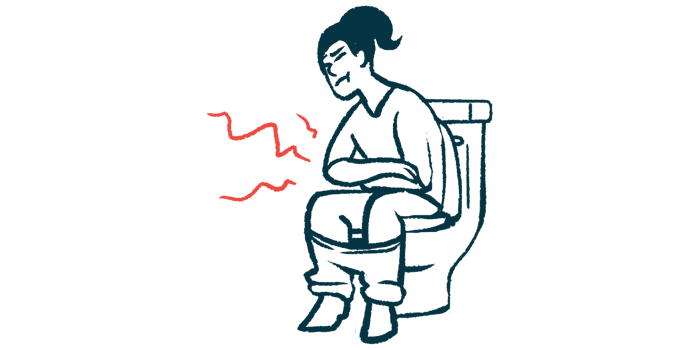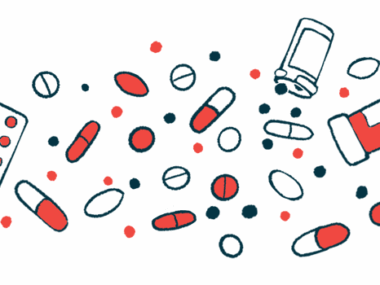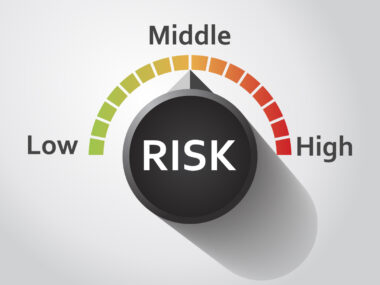Postoperative hypoparathyroidism linked to bladder issues
Bladder control problems seen in women after surgery, study finds
Written by |

Women who develop hypoparathyroidism after surgery often have problems with bladder control, both on tests and in daily life, a small study found.
The researchers recommended that checking urinary symptoms and bladder emptying be part of routine follow-up.
The study, “Hypoparathyroidism is associated with bladder dysfunction, a preliminary study,” was published in Scientific Reports.
Hypoparathyroidism occurs when the parathyroid glands don’t make enough parathyroid hormone (PTH), which helps control how much calcium and phosphorus circulates in the blood. In most cases, acquired hypoparathyroidism is caused when a surgical procedure to the neck removes or damages the parathyroid glands.
Low PTH levels lead to abnormally low levels of calcium (hypocalcemia) and high levels of phosphorus. Hypoparathyroidism symptoms include muscle cramps, unusual sensations like prickling or pins and needles, increased bone density, and abdominal pain.
Bladder issues compared
To understand how hypoparathyroidism affects bladder control, researchers in Turkey compared 30 women who had developed hypoparathyroidism after surgery (mean age 41.9) with 30 healthy women. All women were premenopausal, meaning they hadn’t gone through menopause yet.
Bladder function was checked using a test called uroflowmetry, which measures the flow of urine. The women also filled out questionnaires — the Overactive Bladder-Validated 8 (OAB-V8) and the Interstitial Cystitis Symptom Index/Interstitial Cystitis Problem Index (ICSI/ICPI) — that asked about urinary symptoms. ICSI and ICPI address urinary frequency, waking up often at night to urinate, bladder pain, and urinary urgency.
Women with hypoparathyroidism scored higher on all assessments. They also had significantly more leftover urine in the bladder after urinating, called post-voiding residue, which shows that the bladder isn’t emptying properly.
The prevalence of probable overactive bladder, which typically leads to a strong urge to urinate, was 36.6% in the patient group and 16.6% in the controls.
In women with hypoparathyroidism, lower levels of calcium in the blood were linked to worse bladder symptoms and more leftover urine. In addition, lower PTH levels and higher phosphorus levels were associated with worse scores on all questionnaires.
“Calcium levels were found to be negatively correlated and phosphorus levels were found to be positively correlated with the urinary symptom scores,” the researchers wrote.
While the study did not include men (because of the high prevalence of benign prostatic hyperplasia, an enlarged prostate, in the study’s age group) or postmenopausal women (because low estrogen can interfere with bladder control), it suggests that “symptoms related to bladder and the lower urinary tract and screening with uroflowmetry may be considered in routine follow-up of patients with [hypoparathyroidism],” the researchers wrote.
“Further studies are needed to clarify the mechanism of bladder and the lower [urinary tract] disfunction in patients with postoperative [hypoparathyroidism],” they added.






